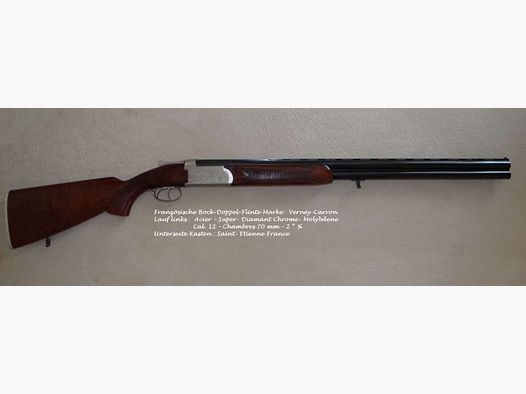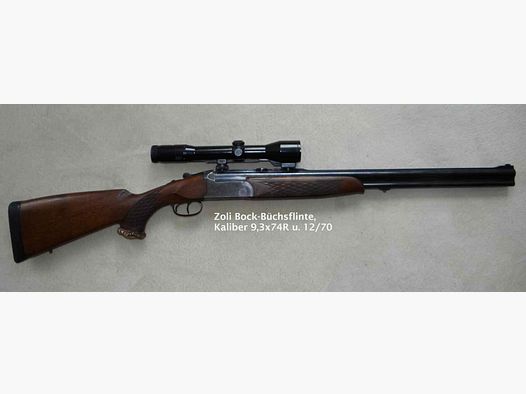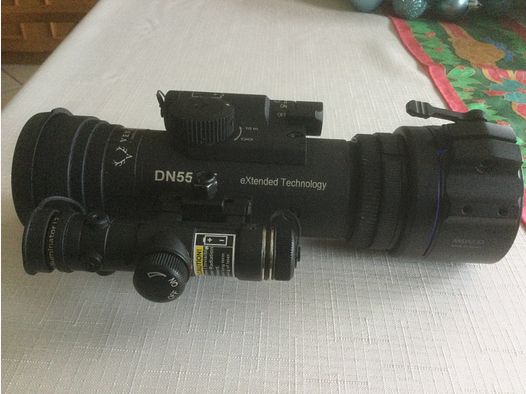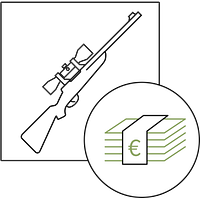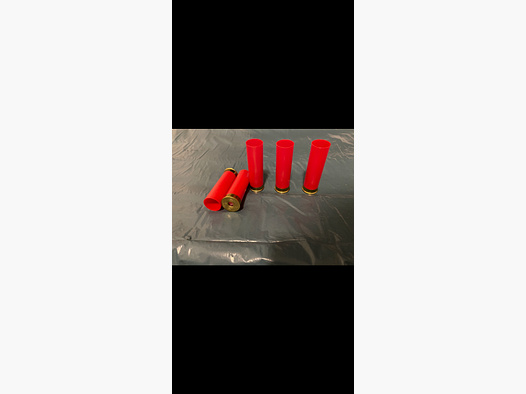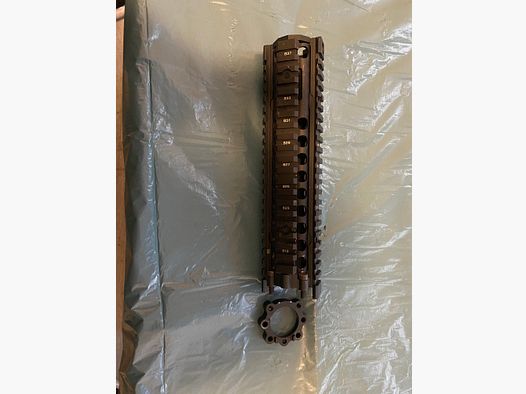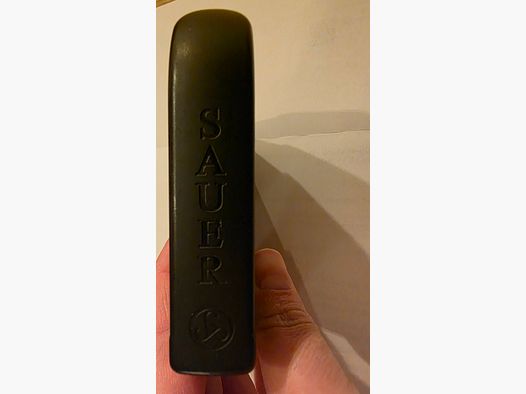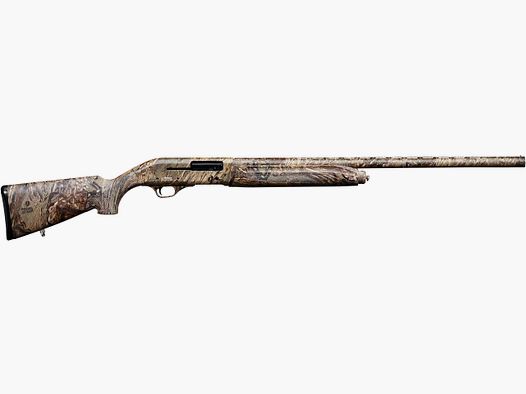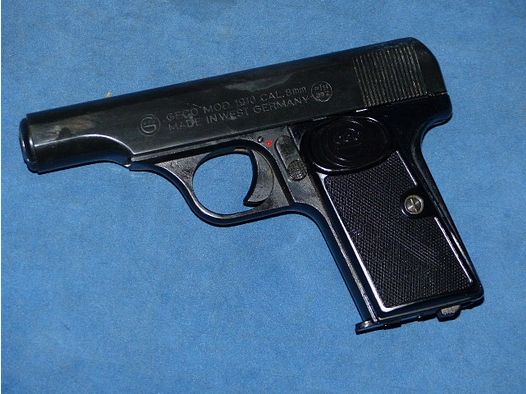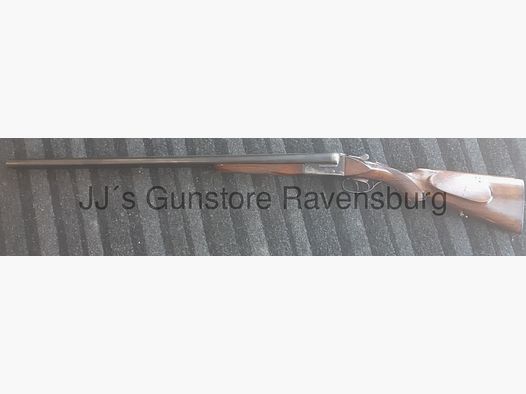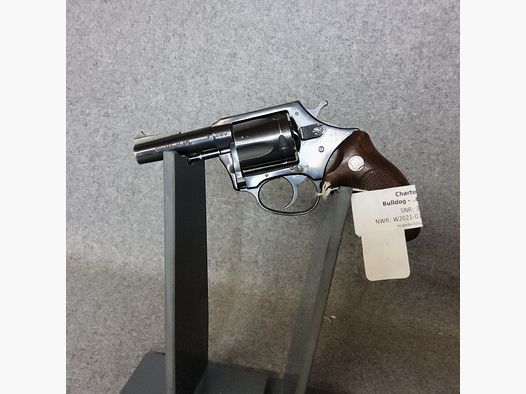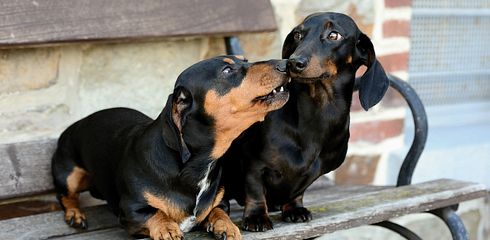What is a German Longhaired?
The "German Longhaired" breed is one of the oldest hunting dog breeds in Europe. Its roots date back to the Middle Ages. It was initially bred from hounds, bird dogs, water dogs, and hawking dogs and enjoyed great popularity for hunting purposes early on.
According to the traits of its ancestors, they were primarily used for falconry. The characteristic of pointing, which the German Longhaired owes to its classification as a pointing dog, was only later required and promoted for hunting purposes.
In 1879, Baron von Schorlemer established the breeding program from which today's German Longhaired dogs emerged. Although the breed standard of the German Longhaired has not changed significantly since then, in 1922 all German Longhaired dogs with a black-and-white coat were excluded from breeding, leading to the establishment of two new breeds: the Small and Large Münsterländer. Unlike these two breeds, the currently born puppies of the German Longhaired are exclusively given to hunters.
Profile of the German Longhaired:
| Height: | Males: 60-70 cm, Females: 58-66 cm |
| Weight: | 27-32 kg |
| Colors: | Chocolate, White-Chocolate, Red Roan, Brown-Red Gray |
| Coat Structure: | Medium length, close-fitting, smooth (wavy) |
| Life Expectancy: | up to 12 years |
| Suitable as: | Hunting dog |
| Character: | Loyal, Intelligent, Strong-willed, Brave |
| Need for Exercise: | High |
| Water Affinity: | High |
| Child-Friendly: | Rather no |
| Social Compatibility: | Medium |
| Family Dog: | Rather no |
| FCI Group: | 7: Pointing Dogs |
What is the temperament & character of the German Longhaired?
The German Longhaired is considered a hunting dog with very good and pronounced searching behavior and also a very high hunting drive and need for exercise.
It is classified higher with wolves, as its hunting drive is always at the forefront and must be satisfied just like its need for exercise. Therefore, the German Longhaired is not suitable as a pure family dog.
Representatives of the breed are generally considered to be good with people. However, due to its hunting sharpness, it often recognizes cats, game, and other animals as prey.
Since it is very handler-oriented, early personal imprinting by its humans is necessary. Training should be consistent but loving and affirming.
A well-trained German Longhaired can assist the hunter in almost all types of hunting. The breed is considered the best all-rounder among hunting dogs.
What does a German Longhaired look like?
The German Longhaired is considered an aesthetically pleasing dog breed - especially in its solid color variants. Laypeople occasionally confuse the reddish-brown color variants with an Irish Setter. However, the Longhaired is usually significantly darker.
In many illustrations, the German Longhaired is used as a classic searching dog due to its appearance.
The following colors are allowed according to the breed standard:
- Solid brown coat
- Brown with markings on paws and chest. The markings can be roan or white
- Dark roan: brown head, dark patches on the body
- Light roan: brown head, light brown patches on the body
- Trout roan: brown, small spots on a white background
- Brown and white
- Very rarely, a yellow brand is seen, which was brought into the breed by hounds
How to keep a German Longhaired?
Due to its high need for exercise, the Longhaired should have sufficient space to move and enough opportunities for exercise in its home. Regular and early contact with conspecifics for socialization purposes should also be provided.
Many German Longhaired dogs are extremely water-loving, so they should also occasionally be given the opportunity to exercise in the water.
The German Longhaired also enjoys long walks, where it can roam through forests, fields, and meadows on a long leash and explore the surroundings. It also enjoys accompanying you while jogging and cycling.
How to train a German Longhaired?
The German Longhaired is a hunting dog with a stable yet sensitive nature. Although it is considered very strong-willed and especially assertive towards other dogs, it can react fearfully and distantly to punishment and rejection from its handler.
Therefore, it is definitely not a beginner's dog and should be trained by people with many years of experience with hunting dogs.
It is also important that the hunting drive of the German Longhaired is channeled early and adequately. If the dog is not sufficiently exercised, it quickly tends to cause mischief and neglect obedience.
Daily exercise and work with the dog are therefore absolutely necessary.
What diet for a German Longhaired?
Like all hunting dogs of its size, the diet of the German Longhaired should be designed to provide it with the proteins and vitamins its body needs to meet the hunting and physically demanding recreational challenges. It should also be fed as naturally as possible, meaning meat-rich and balanced, to maintain its athletic physique.
A good method to provide the dog with large portions of meat is barfing. This food consists of raw meat from cattle, sheep, horses, and other slaughter animals, excluding pigs. Raw pork poses health risks for dogs, e.g., due to the auezkys disease.
Regarding a varied balanced diet, it is also advisable to offer the dog cooked vegetables together with fresh meat, etc., from time to time.
Grains such as wheat, corn, etc. are simply not needed by hunting dogs, and when feeding dry food, it should always be ensured that such grains are processed in minimal amounts.
A little cooked rice is fine from time to time, and rice porridge can work wonders for gastrointestinal diseases.
In general, an adult German Longhaired should receive 2-3 meals a day, preferably at regular times, to establish a routine for a structured daily schedule.
Puppies need three to four meals a day. Small treats or pieces of sausage are suitable as rewards during training. Rewards and snacks in between should be considered in the total food amount. It is also important to ensure a constant supply of water for the dog. Practical water bottles with integrated bowls are available for on the go.
How to groom a German Longhaired?
As an absolute nature lover, the German Longhaired often comes into contact with sources of contamination. It loves to rummage through muddy leaf piles, roll in meadows and forests, and brush through dense branches in any weather, paying little attention to not getting dirty - on the contrary.
Nevertheless, its grooming is not particularly elaborate. With a brush with natural bristles and a comb with coarse teeth, one can quickly remove dirt and debris from the German Longhaired's medium-length coat.
A bath or shower is only necessary in cases of severe dirt and is therefore quite rare. However, if the German Longhaired enjoys it, it can be confidently rinsed off from time to time, even with dog shampoo.
What disadvantages does a German Longhaired have?
To properly train and educate a German Longhaired, one sometimes needs a lot of patience and, above all, experience. Its sensitivity is not necessarily a disadvantage of the breed, but it does mean that one must engage intensively with the dog and its needs to train it properly.
If the handler interacts incorrectly with the dog, the bond between them can suffer irreparable damage.
Some may also feel overwhelmed by its immense need for exercise and willingness to work. However, if these needs are not met, conflicts can quickly arise. An unexercised German Longhaired is capable of turning an entire apartment upside down.
Does the German Longhaired fit me?
The question of whether a dog breed fits someone cannot be definitively and generally answered for the German Longhaired either. However, it is clear: The German Longhaired is primarily a dog designed for hunters due to its pronounced hunting drive and unwavering willingness to work and should not be kept as a pure family companion - let alone as a lap dog. This role simply does not meet its requirements.
If you are considering acquiring a German Longhaired, you should seriously familiarize yourself with the breed profile beforehand and carefully consider whether you can meet the dog's needs and training requirements and whether you have sufficient time and patience for this. The family circumstances of the coming years should also be taken into account.
The most important question to answer is: Does a German Longhaired fit my life circumstances?




